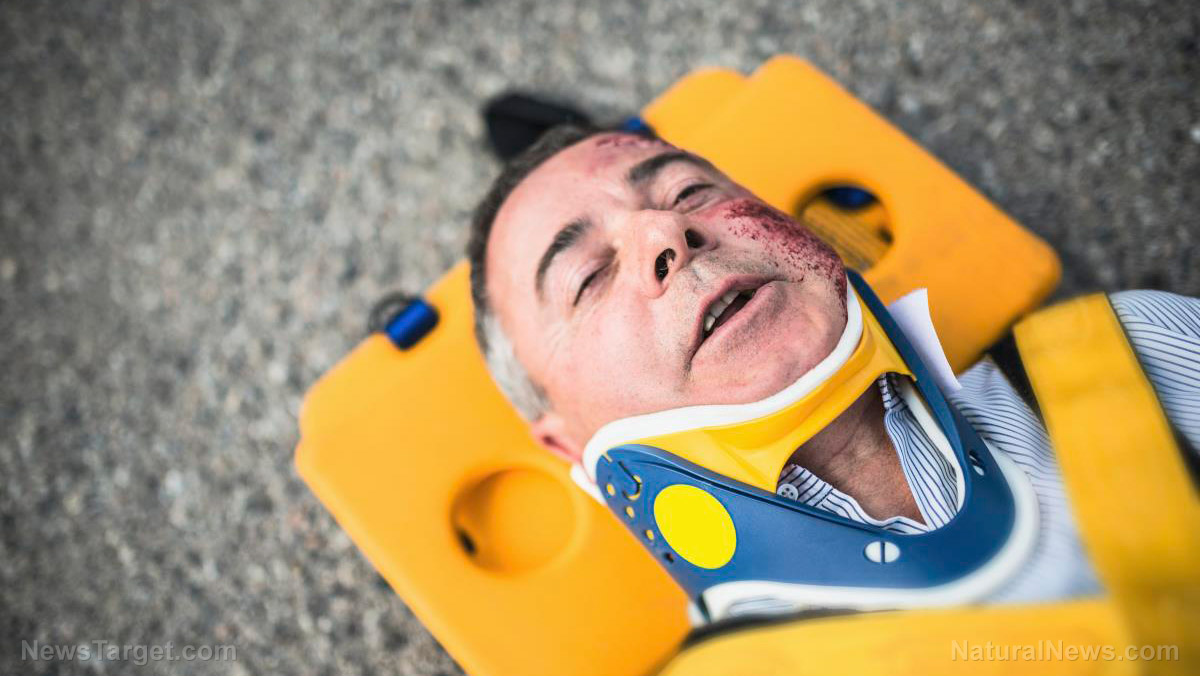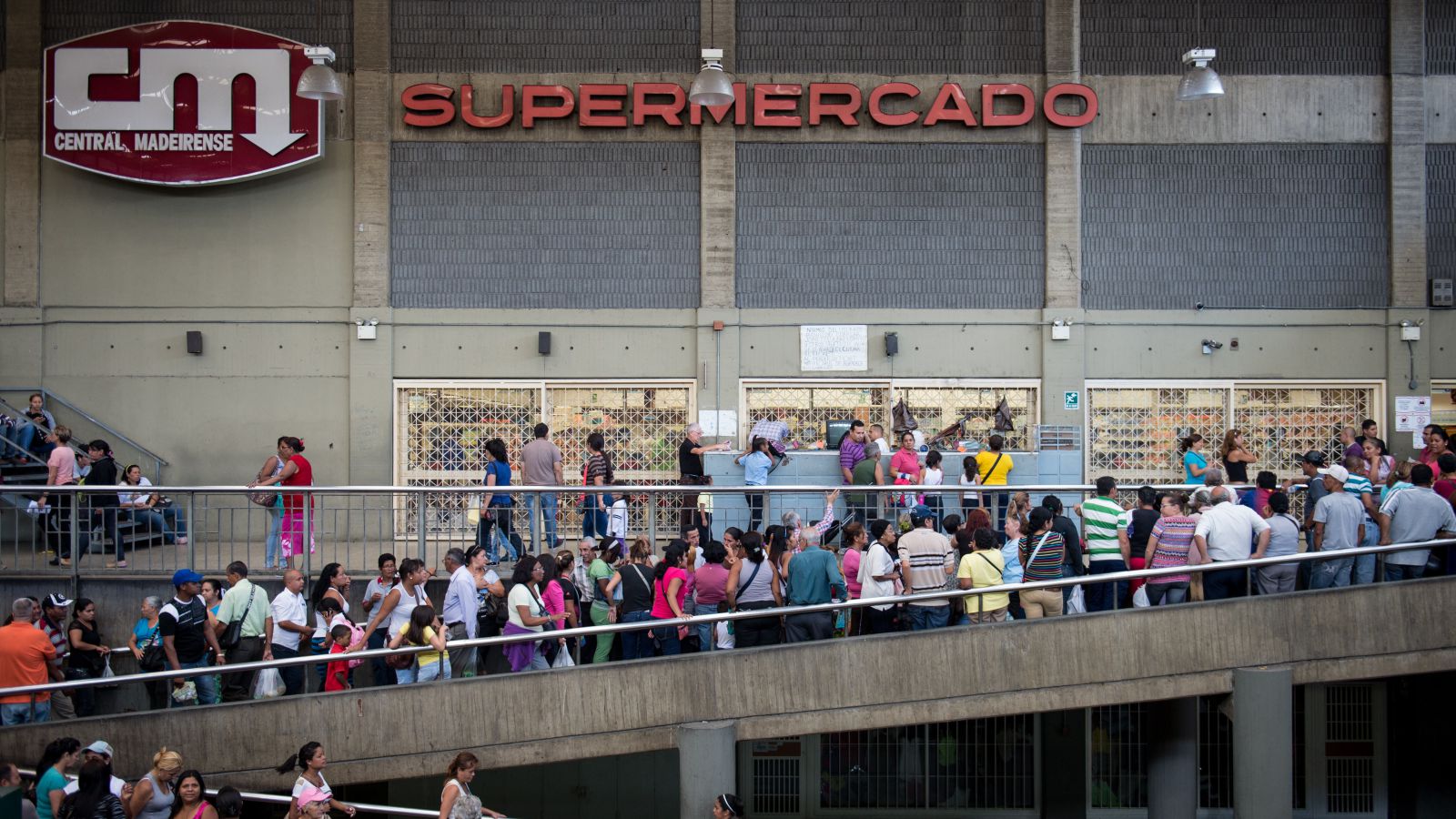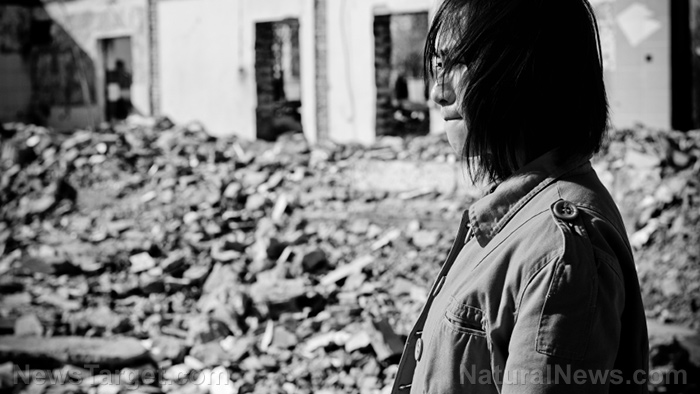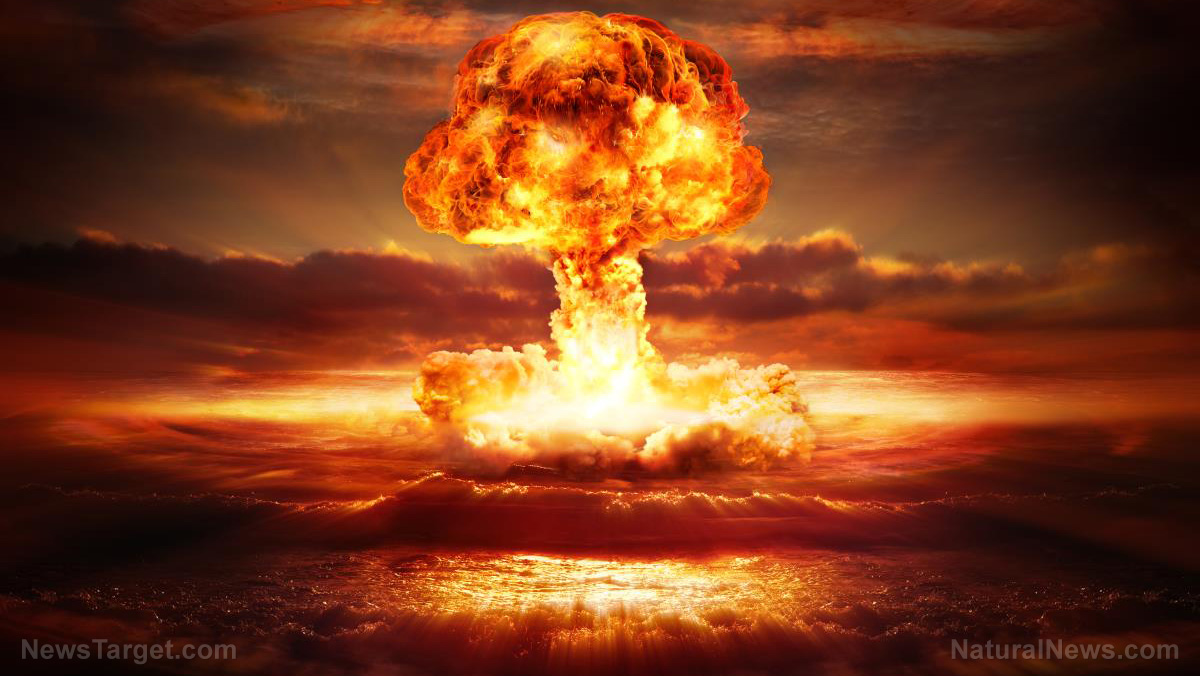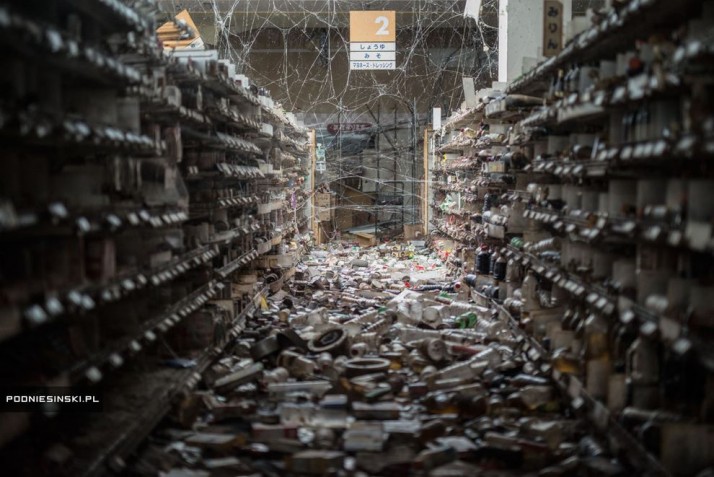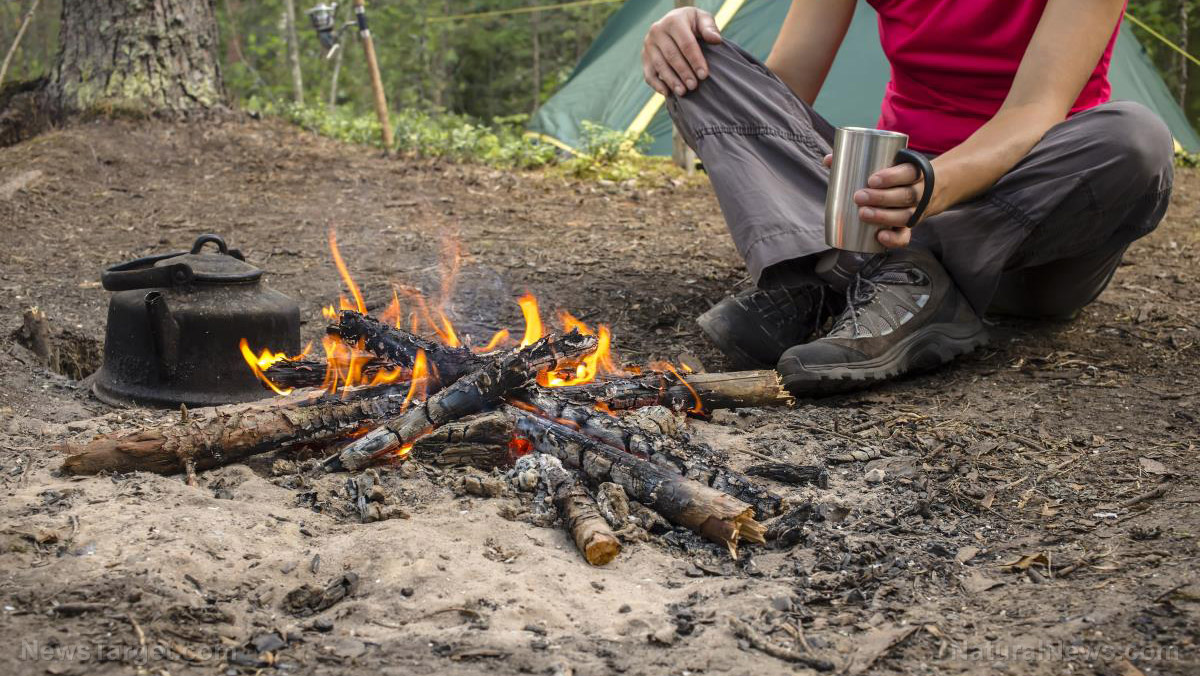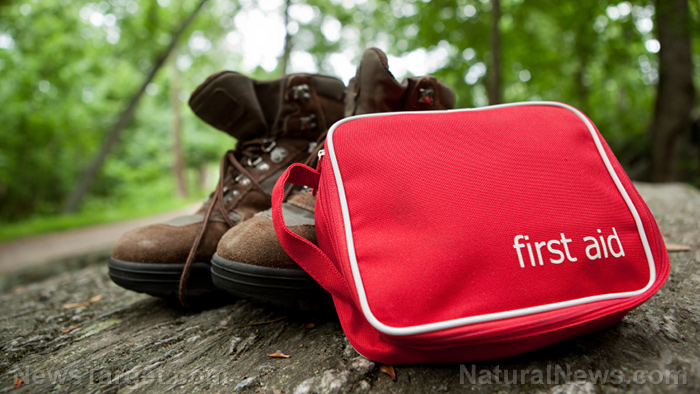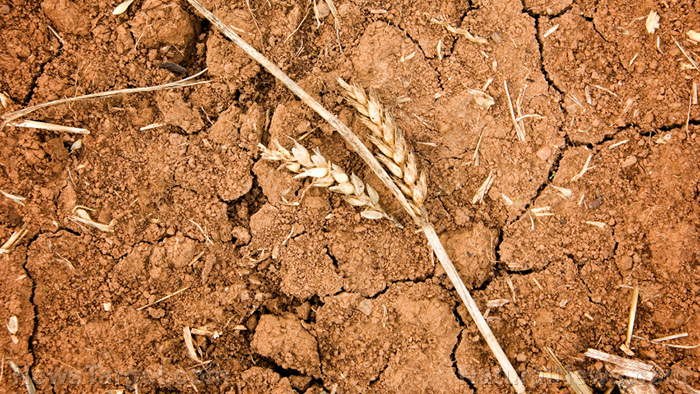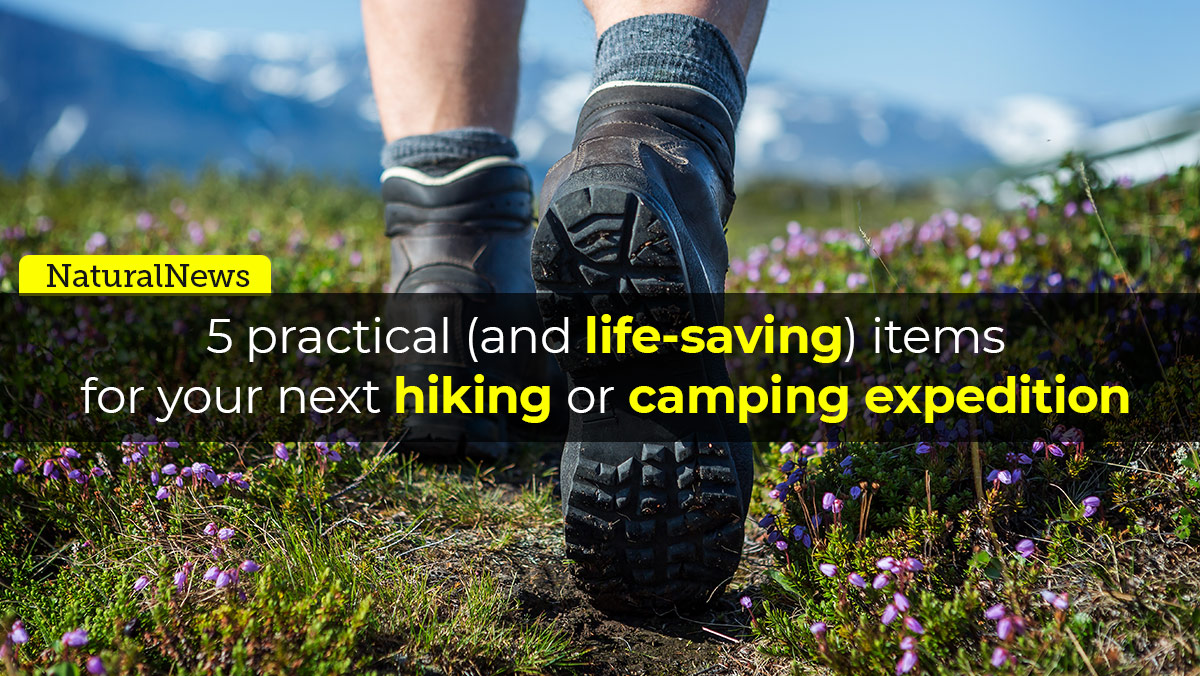TIMELINE of the collapse published: Here’s how it will go down, hour by hour and day by day
05/06/2018 / By Isabelle Z.

When the power goes out, you’ll just light some candles and read a book and wait for it to pass, right? That might be enough to get you through a couple of hours without electricity in a rainstorm, but if there’s a protracted power outage due to collapse, it’s going to be a different story entirely that requires a far more comprehensive approach.
A recent article posted on Web News Order takes an in-depth look at exactly what will go down when this happens, hour by hour. It’s well worth the read because it is so thorough, and it’s penned by someone who works in emergency management. It’s absolutely mind-boggling just how dependent every part of our lives is on electricity, and it’s just a matter of time before we find that out the hard way.
While electrical grids vary across states and countries, the general sequence of events is pretty similar across the board. Here is a look at some of the highlights.
Right away
As soon as the power goes out, the first thing you’ll probably be able to notice (besides the lights not working) is that electrical cooling and heating systems will fail. Most homes will lose their heat pretty quickly in winter, while buildings could become dangerously hot without air conditioning in summer. Commuters could find themselves trapped in subways, and traffic lights will go dark and cause traffic congestion and accidents. These traffic problems will slow emergency response times for everyone.
Cities will lose their water pressure, prompting boil-water advisories that most people won’t be able to follow because they won’t have power for boiling said water. In addition, as hospitals, data centers, and TV and radio stations start using their emergency power, their backup generators may not be able to handle air conditioning and their data centers will start to heat up.
4 Hours Later
While many businesses will be forced to close, those that remain open will start to notice their shelves emptying. Consumers can expect to see profiteering, price gouging, hoarding and panic buying, especially when it comes to items like candles, ice, fuel, bottled water, batteries and flashlights – things you should go ahead and store now if you want to be prepared.
6 Hours Later
Gas stations will see very long lines forming, and those that don’t have hand pumps or battery-operated pumps won’t be able to do business at all. People will find that their toilets cannot flush. It’s around this time that those who were prepared and have emergency radio equipment should be able to start to learn more about the outage’s cause and likely duration.
8 Hours Later
By now, looting on a small scale will be underway and people will start to realize that this is a far more serious problem than your typical post-storm outage that lasts a couple hours. Moreover, when the sun goes down, crime will rise. Those who rely on cool insulin, CPAPs, and oxygen concentrators will start to run into serious problems.
The Next Day
A state of emergency will normally have been declared by now, and troops will be deployed if possible. The food in your freezer will thaw, so you’ll need to start preparing it before it goes bad; hopefully you’ve already got some indoor cooking options like canned heat or propane stoves in place. Fuel rationing will begin around this time, as will casualties from exposure to heat or cold and a lack of access to medication and healthcare.
The Third Day
By this time, the average “prepared” person will have run out of their emergency supplies as the popular 72-hour kits expire. Emergency medical workers and law enforcement officers will stop turning up for their shifts as they grow tired, injured, or worried about leaving their families alone, and violent crime and looting will rise dramatically.
The Fourth Day
Cash will become significantly less useful as people will prefer to barter for essentials like food. Emergency workers will have to prioritize and focus on helping only those with the best chances of surviving as resources run out.
The Fifth Day
By now, you’ll start to see looting slowing down because there simply won’t be anything left for people to loot, and smaller hospitals will have to shut down and evacuate.
The Sixth Day
At this point, doctors may start euthanizing patients who are unlikely to survive, and nursing homes could well abandon patients, as they did after Hurricane Katrina.
A Week Later
By now, diseases related to fecal contamination and waterborne illnesses will start to set in, especially in coastal areas that are situated downstream from big populations. Outbreaks of illnesses like cholera will become widespread. People who had been looting businesses will turn their attention to private residences, and they’ll invade occupied homes as the empty ones run out. Martial law might be declared, and dead bodies will start to pile up and pose a serious microbiological threat.
When you’re making a list and planning what you’d do if this happened, it is useful to keep this timeline in mind so you’ll know what to expect and you can ensure that you’ve covered all the bases. As frightening as it is to think about reaching the point of absolute devastation, this knowledge gives you the power to equip yourself to face the worst with a fighting chance. Be sure to check out Collapse.News regularly to stay on top of the latest collapse-related news.
Sources for this article include:
Tagged Under: bugging out, chaos, Collapse, disaster, Grid, looting, Power Outage, prepping, survival

